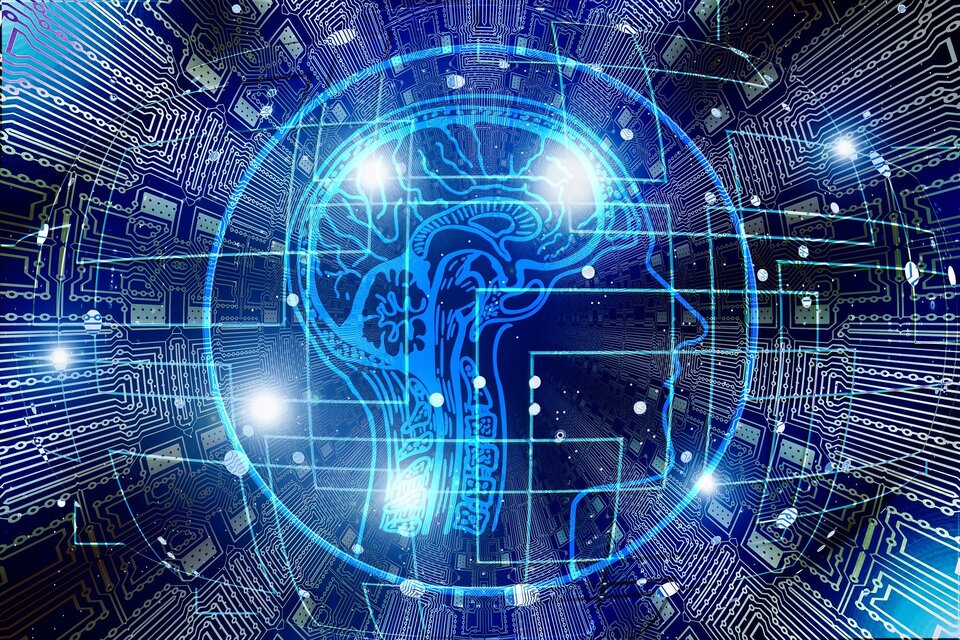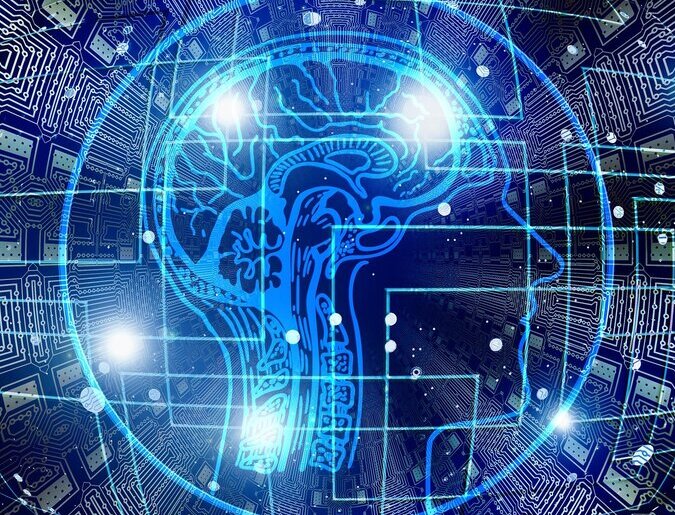DeepTranslate leverages AI to enhance the quality of machine translation
Published on 9 November 2021 by Alice Chan
Machine translation (MT) is an automated translation process of generating the content from the source language to the target language, which can be basically divided into three common types as discussed in our previous article named “Introduction to different computer-aided translation”: rule-based machine translation (RBMT), statistical machine translation (SMT) and neural machine translation (NMT).
The ultimate goal of MT is to produce the most natural and accurate translation as possible efficiently without or before any human touch. The overall quality of MT depends on the quality of selected linguistic data of a particular genre or sector for training the machine translation engine and the level of machine learning technology applied. Nowadays, NMT is regarded as the most advanced model to achieve the best translation performance.
DeepTranslate uses hybrid machine translation approaches to produce higher quality translations, placing a great emphasis on its NMT models with training of large sets of financial data. DeepTranslate’s neutral machine translation system applies deep learning as the algorithm of machine learning with artificial intelligence (AI) techniques of simulation of human intelligence processes to build a more advanced system for neutral machine translation, focusing on constant learning and training just like the neural networks in the human brain. With DeepTranslate’s NMT system, the fluency for the entire sentence can be generated so as to achieve a more accurate translation in an efficient and convenient manner. At the same time, DeepTranslate incorporates SMT to ensure the quality of creating a translation memory.


